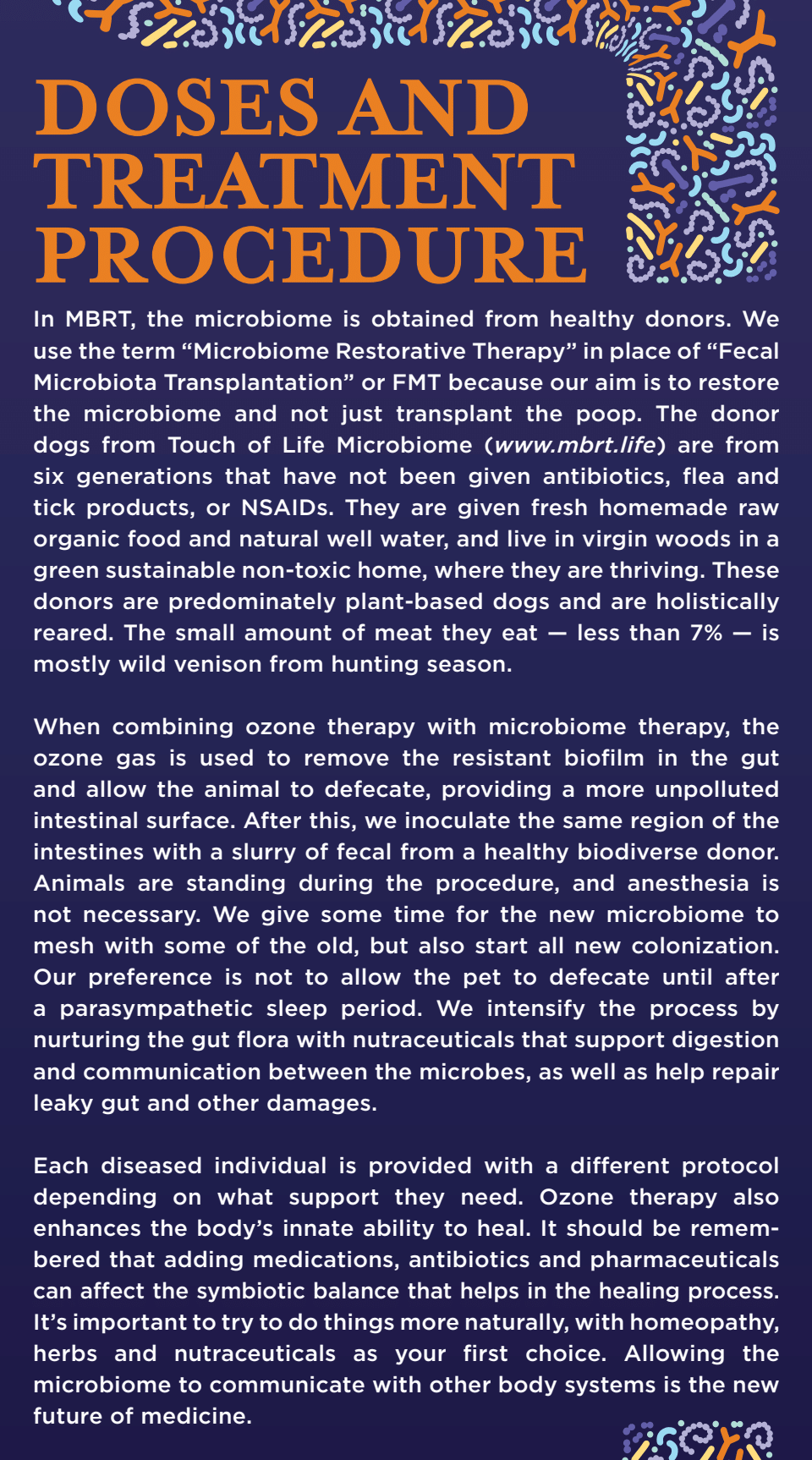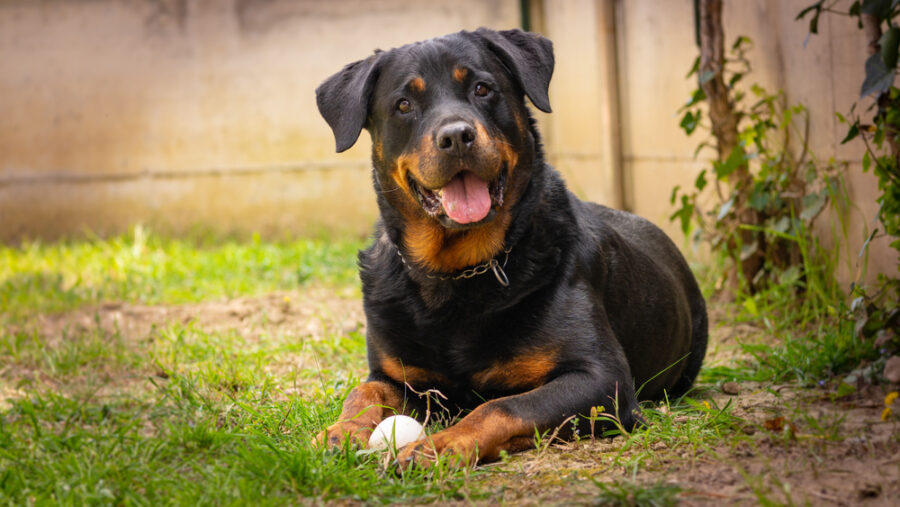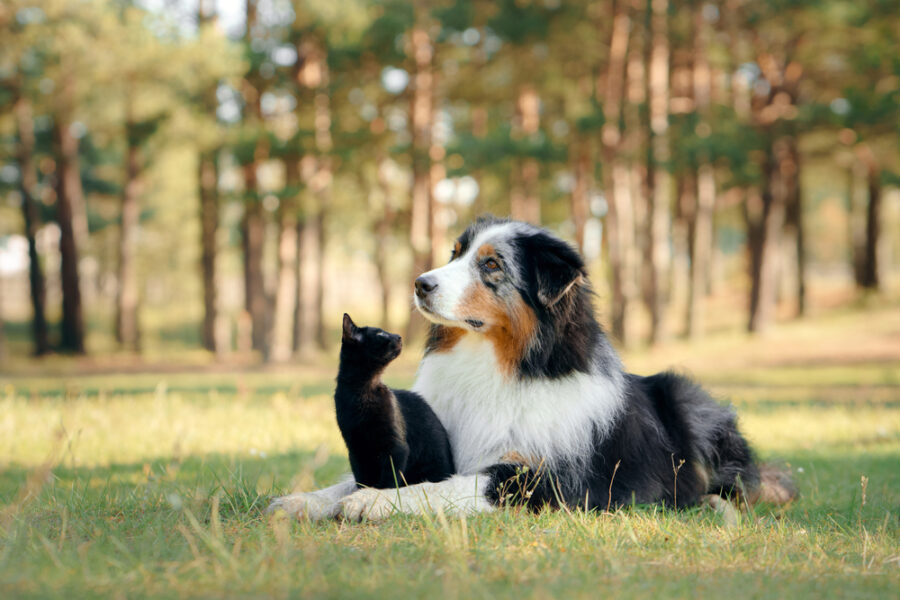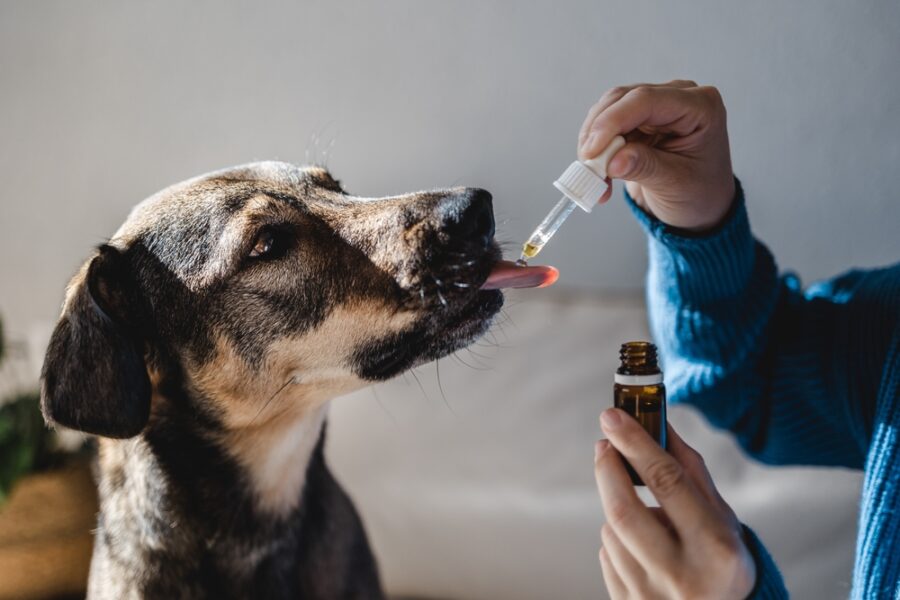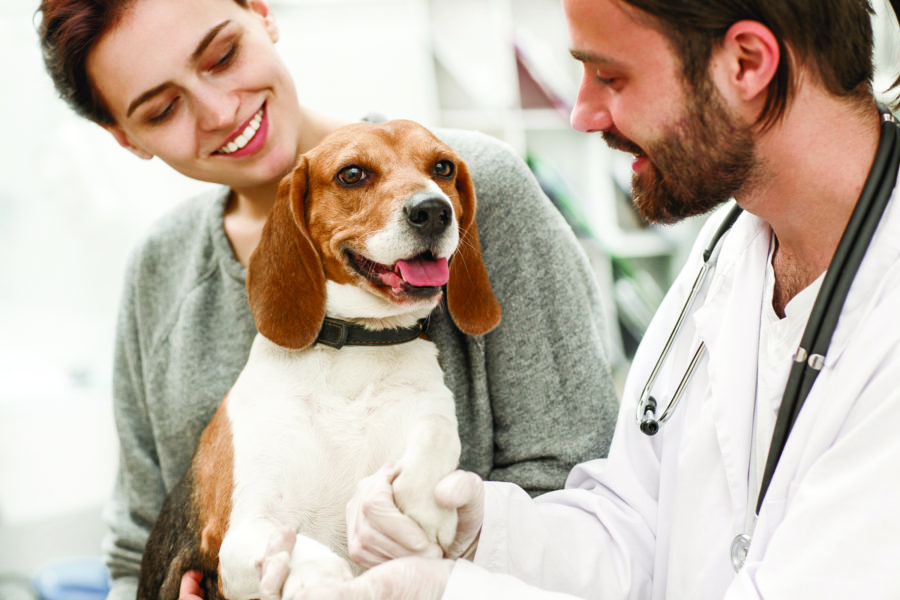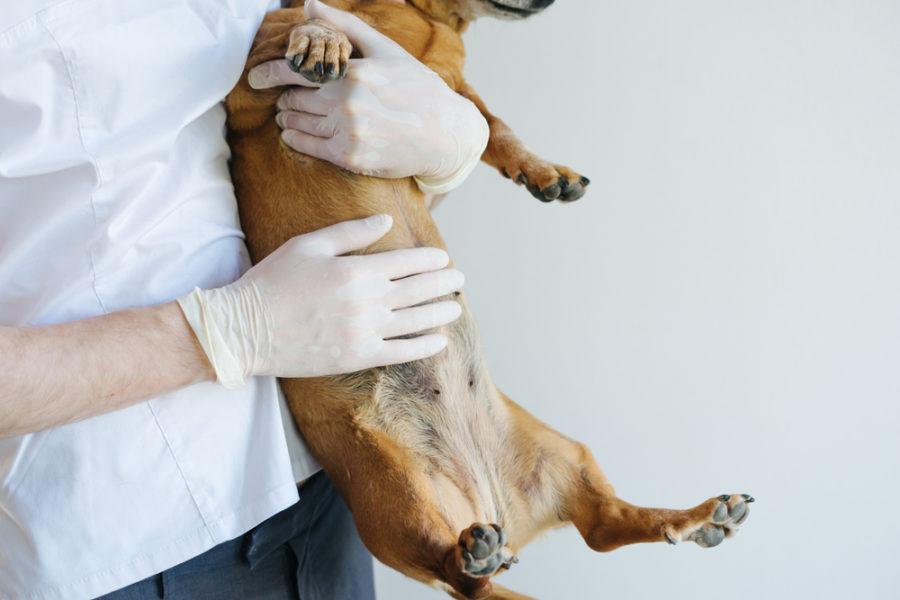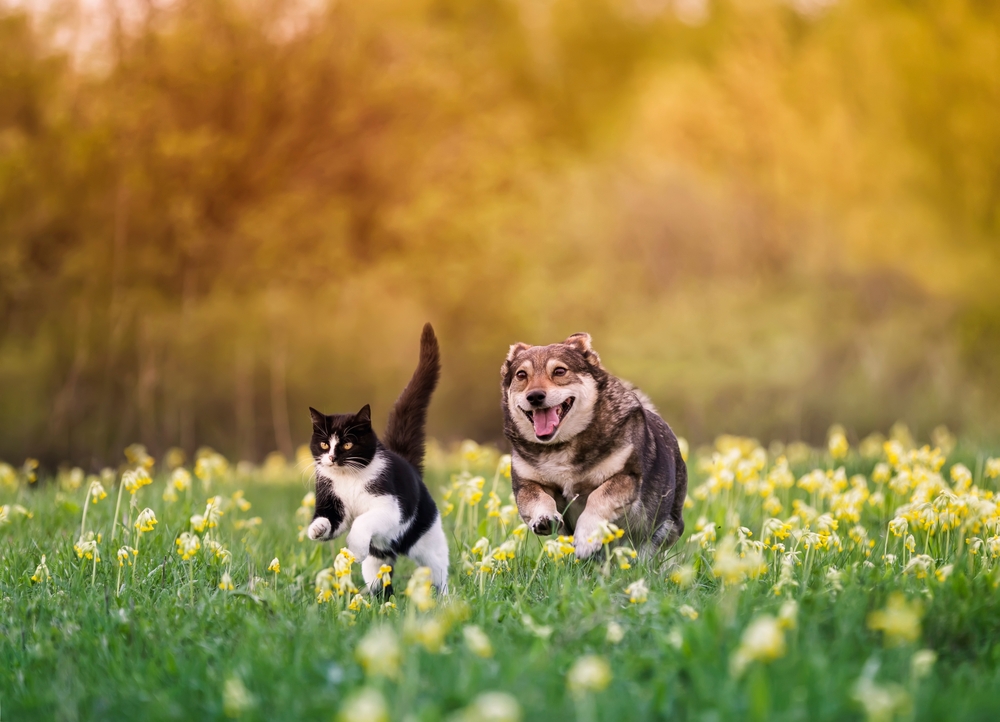Used in combination with ozone therapy and other modalities, Microbiome Restorative Therapy (MBRT) led to full recovery for an injured dog that developed an antibiotic-resistant urinary tract infection, along with sustained damage to his autonomic nerves.
As a veterinarian, my primary aim is to help animals improve and increase their health. Backed by scientific knowledge and 45 years of experience, Ive been using Microbiome Restorative Therapy (MBRT) for 12 years, and have found it to be the most effective way to treat animals and strengthen their immune systems. In this article, Ill highlight how MBRT along with other therapies helped an injured dog with an antibiotic resistant infection, as well as damaged autonomic nerves, make a full recovery.
EXPLAINING MICROBIOME RESTORATIVE THERAPY (MBRT)
The gut of a living organism, such as a dog or human, is inhabited by a unique and varied collection of thousands of beneficial microbes, known as the microbiome. This community of microbes contributes to host digestion, defends the animal or person against pathogens, trains the immune system and central nervous system, helps with behavior issues (e.g. anxiety and depression), and establishes direct or indirect connections to physiological functions. Serotonin, one of the important neurotransmitters, is mostly produced in the intestine and illustrates the gut-brain axis concept. slot dana 5000
The microbiome contributes to 75% of immune system development. It helps restore the precursors of neurotransmitters, and promotes food absorption. However, the gut microbiome can be damaged by many things, including antibiotics, NSAIDs, pesticides, herbicides, preservatives, and other contaminants, resulting in a patient with a weakened ability to fight infections.
In recent years, MBRT has achieved prevalence for helping patients recover optimal gastrointestinal health. It involves transplanting gut micro-organisms from the fecal matter of a fit and healthy animal into a diseased one. Used in combination with ozone therapy, MBRT is even more effective, because ozone helps remove disease-causing resistant biofilms from surfaces in the body, and also reduces pain. This combination therapy establishes the foundation for rebooting a patients immune system.
CASE STUDY TITAN
A 14-month-old male Rottweiler named Titan was hit by a car and suffered a severely comminuted fracture of vertebra L7 with luxation of S1, which was surgically repaired. After two months of university care, he still had no anal tone and was experiencing excoriating diarrhea and a bleeding ulcerated tail. He was only able to walk 20 feet. He also had an atonic bladder with a non-responsive antibiotic-resistant urinary tract infection that continued to smell like dead fish even after two months of chloramphenicol treatment. Titan was being given two tablets of chloramphenicol (1 g/tablet) by mouth three times a day, with food or shortly after a meal. Side effects from the chloramphenicol included vomiting, anorexia, diarrhea and severe bone marrow suppression. After nine weeks on the medication, Titan was still not responding and was passing foul brown urine. Many veterinarians told his owners to euthanize him. He was fearful and insecure, and had a hard time balancing when in the exam room, so he leaned on the walls and smeared blood and diarrhea all over them.
At Titans first integrative exam, we saw the same resistant bacterial strain that was initially present. His bladder and gut needed a reboot with balanced species. We took DNA culture from his urine and evaluated him for regular aerobic and anaerobic infection. Titans urinary infection was so hazardous that when the familys baby boy came in contact with the infected dogs urine, he was exposed to the chloramphenicol, developed an allergic reaction all over his body, and was admitted to the emergency room.
To treat Titan for this painful and debilitating situation, a combination of therapies was used, including ozone, aquapuncture, homeopathy, laser, UVBI therapy, and MBRT herbs and nutraceuticals.
- UVBI therapy was administered with a dose rate of 50 cc ozonated saline, 5 cc blood, and 1 cc hypertonic Biocean. We used Hemealumen, which utilizes UVA, UVC, amber, blue, red and green light for photobiomodulation.
- Subcutaneous ozone saline at a saturation of about 37 ug/ml was flooded over the surface of the pelvis at the rate of approximately 150 cc, and distributed from L3 to the base of the tail.
- Aquapuncture with B12 was given at BL 60, 40 23, 57 and all along the sacrum and lumbar; SP 6, ST 36, 25; Bau Hui, at the tip of tail, under tail and base of tail; LI 11, GV 20 and GB 20. When injecting the aquapuncture, the fascia was so dense and constricted it was like putting needles through beef jerky instead of muscle.
- After the aquapuncture, the Multi-Laser product for Neuropathy from Advanced Light Devices was administered for 20 minutes over Titans back. The infection frequency was also used over the bladder. The LED laser of the multi-lumen with rife frequencies was used.
- With the drugs discontinued (we stopped all antibiotics, pain medications and Urecholine), we started oral microbiome supported with nutraceuticals to restore the oral and gut microbiome.
- A catheter was placed within the bladder, and UA and cultures were extracted for examination; 60 cc of ozonated saline was given as a flush and removed with the addition of 60 cc of O3 gas at 41 ug/ml.
- An additional 5 cc of vitamin C, 2 cc of vitamin B complex, and 1 cc of vitamins A and D were added into two separate 30 cc pockets of O3 saline.
- After Titans second treatment, his tail wagged for the first time since his injury. A MBRT was added to the third treatment. He had been taking oral MBRT since his initial visit. Titan miraculously recovered on day 6, regaining his anal tone and passing normal stools. He was able to urinate on his own and the urine was clear. All of Titans autonomic nerve function was restored, and he was able to walk normally for two miles. Even more importantly, his happy playful disposition returned.
- After four weeks, however, Titan suddenly had blood in his urine. His urinalysis showed a high pH of 9 and some amorphous phosphate crystals.
- We considered doing a urine biome transplant. This had never been done before in the literature and his owner, a nursing student, was excited to be the first. A donor in Vienna was selected; at eight years of age, she has been a microbiome fecal donor her whole life but had never donated urine for a urine transplant. The sample was obtained first thing in the morning as a free stream in a sterile cup and was kept refrigerated until we used it.
- Titan was given UVBI therapy with Hemealumen, with increased volume of 80 cc, 8 cc of blood and 2 cc of hypertonic Biocean. As well, he was given sq ozone saline 120 cc over his pelvis.
- After that, ozone gas only at 60 cc was introduced within the bladder at 41 ug/ml to remove any biofilm. No saline flush was done; the ozone gas stayed for 15 minutes to allow it to reduce the biofilm. Ozone also increases nitrous oxide (NO) in the tissue, and flooding the back and bladder with ozone increased NO in these areas.
- Next, 30 cc of the donor?s urine was injected in the same catheter. The catheter was pulled, the urine was massaged around the bladder, and the patient was prescribed to not urinate for as long as possible, in this case about six hours.
Titan walked five miles the following day, and an additional three miles after the Urobiome transplant. He has not had any more issues with his bladder for more than a year. He runs and plays like any young dog, and you would never think hed had such a serious injury.
The utilization of these modalities helped reduce Titans infection by restoring the microbiome, while also decreasing inflammation and trauma to the tissue. As well, neurotransmitters originating from the microbiome helped with the recovery of the nerves damaged in the accident. Titans owners got their happy dog back, and to date hes still doing well and living a normal life. I would like to thank his owner, who supported and allowed this therapy for the betterment of their dogs life and well-being.
Having done 30,000 MBRT cases, in combination with ozone therapy, I can say that this approach has displayed incredible results and a major shift in outcomes.
